Ishay Be'ery
SoccerNet 2023 Challenges Results
Sep 12, 2023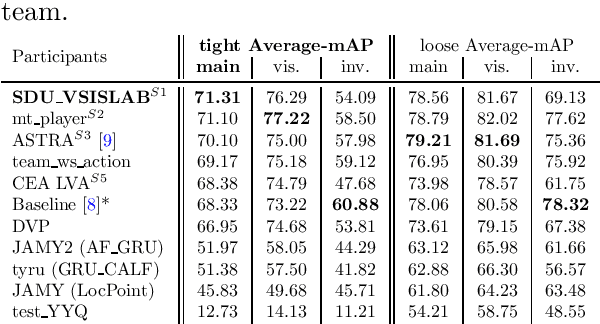


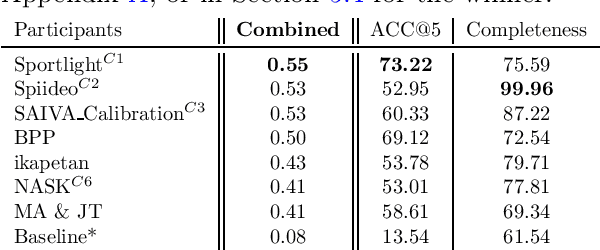
Abstract:The SoccerNet 2023 challenges were the third annual video understanding challenges organized by the SoccerNet team. For this third edition, the challenges were composed of seven vision-based tasks split into three main themes. The first theme, broadcast video understanding, is composed of three high-level tasks related to describing events occurring in the video broadcasts: (1) action spotting, focusing on retrieving all timestamps related to global actions in soccer, (2) ball action spotting, focusing on retrieving all timestamps related to the soccer ball change of state, and (3) dense video captioning, focusing on describing the broadcast with natural language and anchored timestamps. The second theme, field understanding, relates to the single task of (4) camera calibration, focusing on retrieving the intrinsic and extrinsic camera parameters from images. The third and last theme, player understanding, is composed of three low-level tasks related to extracting information about the players: (5) re-identification, focusing on retrieving the same players across multiple views, (6) multiple object tracking, focusing on tracking players and the ball through unedited video streams, and (7) jersey number recognition, focusing on recognizing the jersey number of players from tracklets. Compared to the previous editions of the SoccerNet challenges, tasks (2-3-7) are novel, including new annotations and data, task (4) was enhanced with more data and annotations, and task (6) now focuses on end-to-end approaches. More information on the tasks, challenges, and leaderboards are available on https://www.soccer-net.org. Baselines and development kits can be found on https://github.com/SoccerNet.
SoccerNet 2023 Tracking Challenge -- 3rd place MOT4MOT Team Technical Report
Aug 31, 2023Abstract:The SoccerNet 2023 tracking challenge requires the detection and tracking of soccer players and the ball. In this work, we present our approach to tackle these tasks separately. We employ a state-of-the-art online multi-object tracker and a contemporary object detector for player tracking. To overcome the limitations of our online approach, we incorporate a post-processing stage using interpolation and appearance-free track merging. Additionally, an appearance-based track merging technique is used to handle the termination and creation of tracks far from the image boundaries. Ball tracking is formulated as single object detection, and a fine-tuned YOLOv8l detector with proprietary filtering improves the detection precision. Our method achieves 3rd place on the SoccerNet 2023 tracking challenge with a HOTA score of 66.27.
Active Deep Decoding of Linear Codes
Jun 06, 2019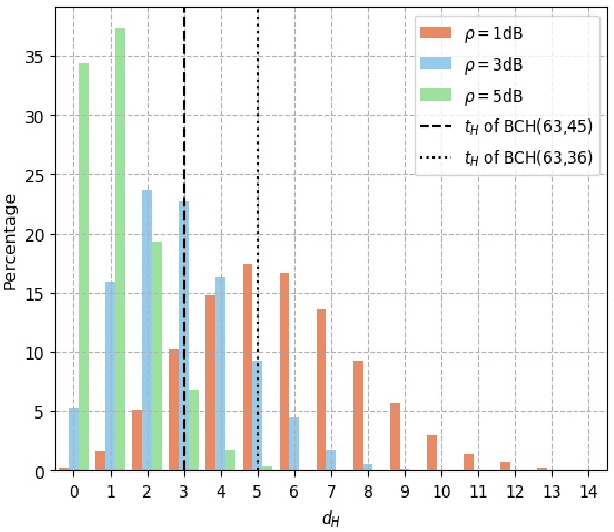
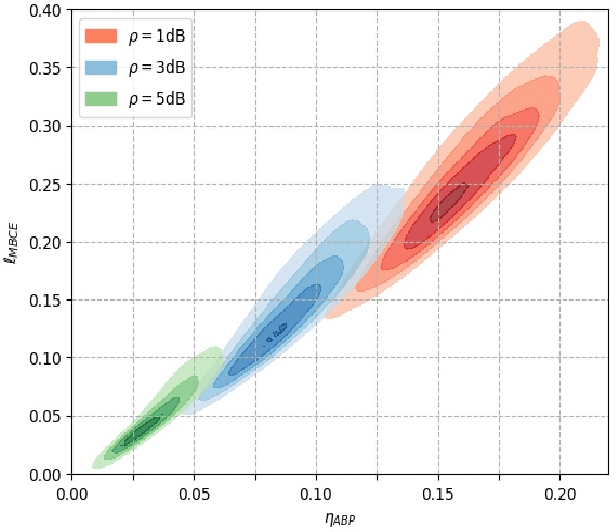
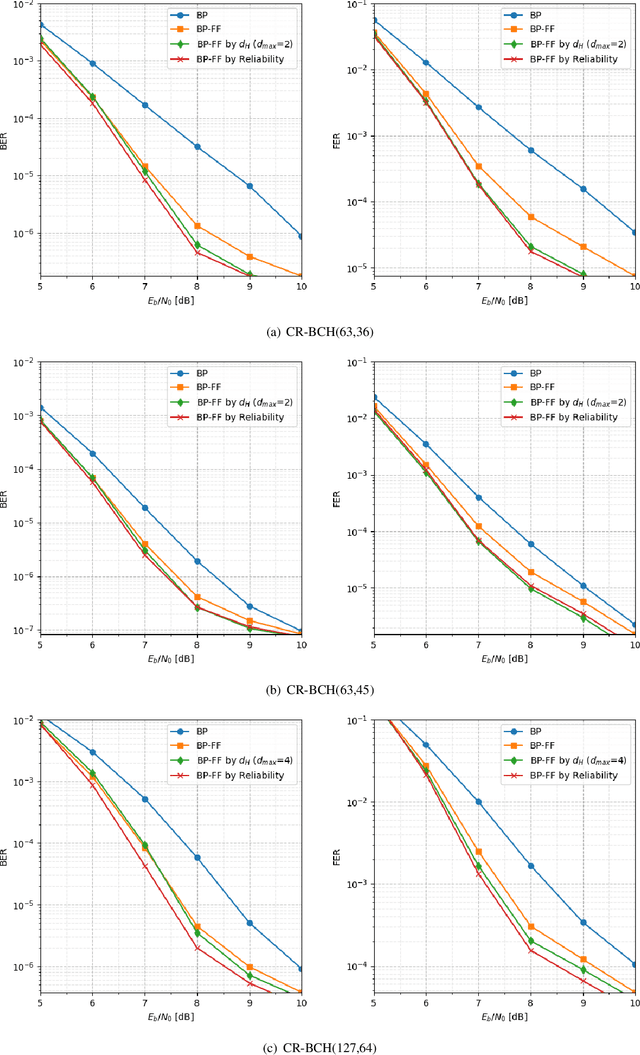
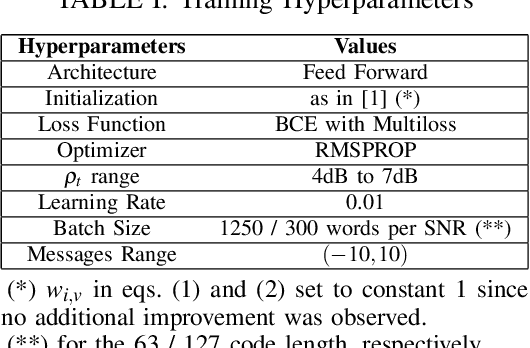
Abstract:High quality data is essential in deep learning to train a robust model. While in other fields data is sparse and costly to collect, in error decoding it is free to query and label thus allowing potential data exploitation. Utilizing this fact and inspired by active learning, two novel methods are introduced to improve Weighted Belief Propagation (WBP) decoding. These methods incorporate machine-learning concepts with error decoding measures. For BCH(63,36), (63,45) and (127,64) codes, with cycle-reduced parity-check matrices, improvement of up to 1dB in BER and FER is demonstrated by smartly sampling the data, without increasing inference (decoding) complexity. The proposed methods constitutes an example guidelines for model enhancement by incorporation of domain knowledge from error-correcting field into a deep learning model. These guidelines can be adapted to any other deep learning based communication block.
 Add to Chrome
Add to Chrome Add to Firefox
Add to Firefox Add to Edge
Add to Edge